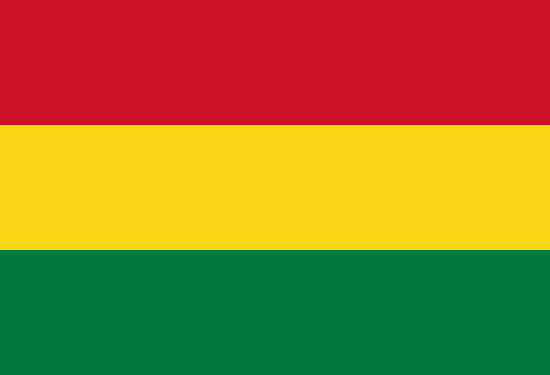"La Ciudad Blanca de América | The White City of America"
About:
Sucre, Bolivia, was founded in 1538 by Spanish colonials. Originally named "La Plata," it was the capital of the Audiencia de Charcas, part of the Viceroyalty of Peru. In 1839, it was renamed Sucre in honor of revolutionary leader Antonio José de Sucre. Despite losing the seat of government to La Paz after the Federal War (1898–1899), Sucre remains Bolivia's constitutional capital. Today, it's renowned for its well-preserved Spanish colonial architecture and is a UNESCO World Heritage Site.
When to visit:
Sucre, the constitutional capital of Bolivia, boasts a mild and pleasant climate throughout the year due to its high elevation in the Andes Mountains. However, the best time to visit Sucre on a holiday would be during the dry season, which typically runs from May to October. During this time, you can expect clear skies, comfortable temperatures, and minimal rainfall, making it ideal for exploring the city's historic sites and vibrant culture. It is recommended to avoid the rainy season from November to April, as heavy downpours can hinder outdoor activities and sightseeing.
When to avoid:
Sucre, the constitutional capital of Bolivia, experiences its worst travel conditions during the rainy season, which typically occurs from December to March. During this time, heavy rainfall can lead to flooding, landslides, and disrupted transportation services, making it difficult for visitors to explore the city and its surroundings. Additionally, the increased humidity and precipitation may dampen outdoor activities and sightseeing opportunities. Travelers planning a holiday to Sucre should carefully consider the weather conditions and plan their trip accordingly to ensure a more enjoyable and hassle-free experience.
Rainy Season (Dec-Mar)
In Sucre, Bolivia, the coldest and wettest period is from December to March. Average temperatures range from 15°C to 20°C (59°F to 68°F). Rainfall is highest in January, averaging 130mm. Sunlight is limited with high cloud cover, and the city experiences an average of 4-6 hours of sunshine per day. Days can be chilly and damp, with frequent showers, often heavy in the afternoons. Despite the weather, the city maintains its charm with its colonial architecture and vibrant markets. It's advisable to carry an umbrella and dress in layers.
Summer (November–March)
In Sucre, Bolivia, the warmest part of the year typically spans from October to March, with the absolute peak in November. During this time, the average high temperature ranges from 70°F to 76°F (21°C to 24°C). Rainfall is also at its highest, with monthly averages ranging from 80mm to 140mm, with the heaviest rainfall usually in January.
The city sees a moderate amount of sunlight during this time, with an average of 5-6 hours of sunshine per day. Humidity levels are relatively high, with average relative humidity ranging between 60% and 85%. Cloudiness varies, but it's generally partly cloudy, with more cloud cover during the peak of the rainy season.
For a visitor, a typical day in Sucre during the warmest part of the year would feel quite mild and pleasant, despite the high humidity. The mornings usually start off cool, gradually warming up as the day progresses. There might be occasional rain showers or thunderstorms, particularly in the afternoon or evening, but they typically don't last very long. Despite the cloudiness, there's still a fair amount of sunshine, making it a good time for sightseeing and outdoor activities.
Language:
In Sucre, the official and most commonly spoken language is Spanish. However, Quechua and Aymara, two indigenous languages, are also widely spoken. This reflects Bolivia's rich cultural diversity, with a significant portion of the population being of indigenous descent. English is also understood in some areas, particularly within the tourism industry.




